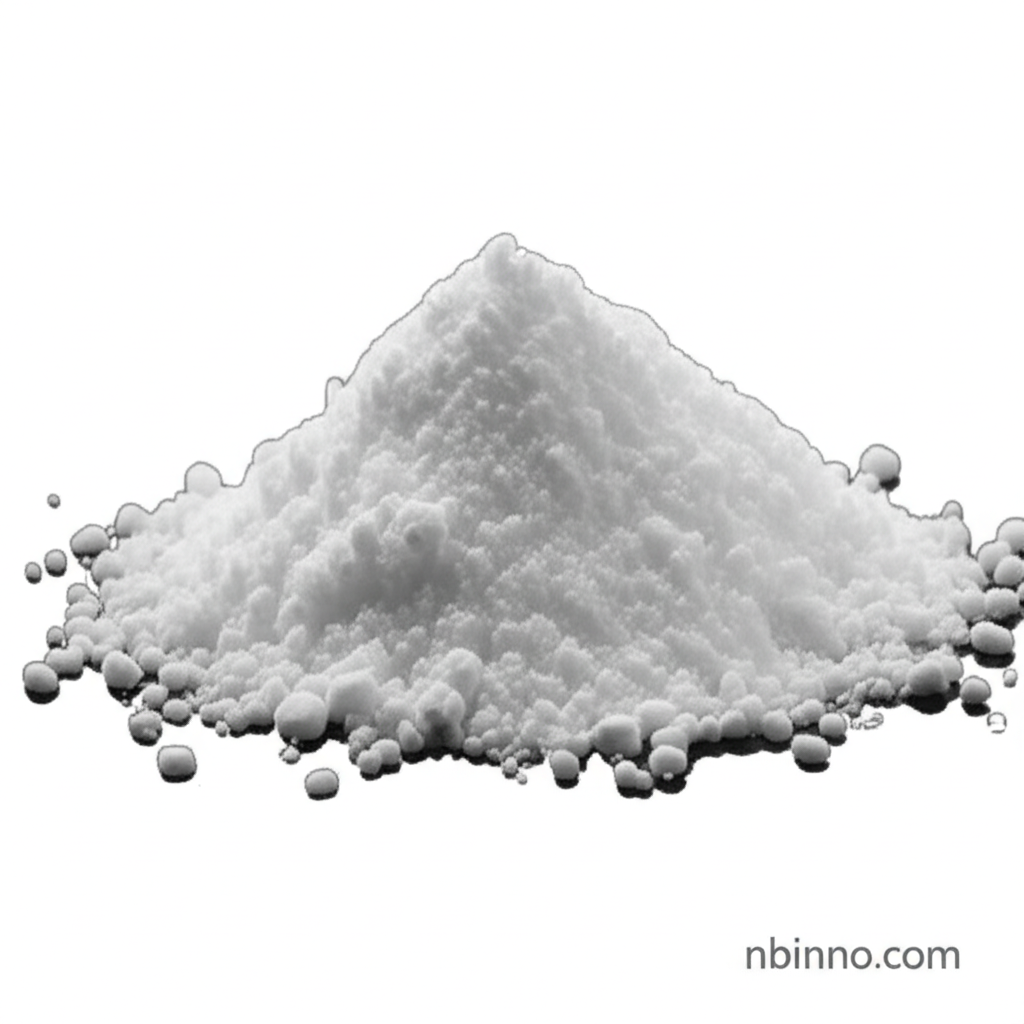2-Naphthol: Properties, Applications, and Significance in Chemical Synthesis
Explore the essential role of 2-Naphthol, a versatile chemical intermediate crucial for industries ranging from dyes to pharmaceuticals.
Get a Quote & SampleProduct Core Value

2-Naphthol
2-Naphthol, also known as beta-naphthol, is a vital organic compound serving as a key intermediate in numerous chemical syntheses. Its well-defined properties make it indispensable in the creation of a wide array of products, from vibrant dyes to essential pharmaceutical compounds and protective antioxidants.
- Understanding the 2-naphthol synthesis process reveals its industrial importance and efficiency.
- The uses of beta-naphthol in dyes are extensive, contributing to the vibrant colors found in textiles and other materials.
- Exploring the 2-naphthol chemical properties is essential for its effective application in various industrial processes.
- The applications of beta-naphthol in pharmaceuticals highlight its role in the development of medicinal compounds.
Advantages Provided by the Product
Versatile Intermediate
As a critical chemical intermediate, 2-naphthol is foundational for the production of dyes, pigments, and pharmaceuticals, showcasing its broad applicability and value in organic synthesis.
Dye Production Staple
Its role in the production of azo dyes from 2-naphthol is significant, enabling the creation of a spectrum of colors used across various industries, particularly in textiles.
Chemical Reactivity
The inherent chemical properties of 2-naphthol, including its reactivity as a naphthalene homologue of phenol, allow for diverse synthetic transformations and product development.
Key Applications
Dye and Pigment Manufacturing
The coupling reactions involving 2-naphthol are central to the creation of vibrant azo dyes and pigments, essential for the textile, printing, and coatings industries.
Pharmaceutical Intermediates
Leveraging the applications of beta-naphthol in pharmaceuticals, it serves as a building block for synthesizing active pharmaceutical ingredients and drug candidates.
Antioxidants and Rubber Additives
2-Naphthol is utilized in the production of antioxidants for synthetic rubber and other materials, enhancing their durability and lifespan.
Analytical Chemistry
As an analytical reagent and fluorescence indicator, 2-naphthol plays a role in various laboratory tests and scientific research, aiding in the detection and quantification of substances.
